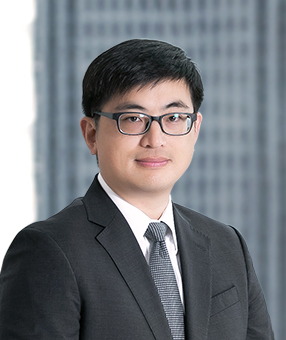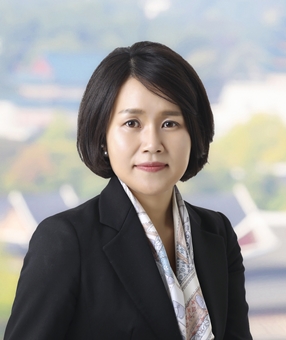Last year, the Korean Supreme Court issued an en banc decision that partially limited the scope of patentees' ability to "correct" (amend after grant) patent claims in response to an invalidation action, effectively ruling that any correction of the patent claims must be finalized before the Patent Court (appellate court) issues a decision on the invalidation action in order to be considered for validity (Supreme Court en banc Decision 2016Hu2522, rendered on January 22, 2020; see our Winter 2019/20 Newsletter here). This decision was a clear change of previous Korean patent correction practice, and now in another recent decision, the Supreme Court has further emphasized its intention to limit correction practice and to streamline patent litigation proceedings in Korea.
In the Supreme Court's recent decision (2017Da231829, rendered on January 14, 2021), the Court extended the holding of the previous en banc decision to cover infringement cases as well, holding that an infringement decision based on pre-correction claims cannot be overturned on the basis of a correction to the claims that is finalized after the Patent Court appeal decision in the infringement case, even if the Patent Court also affirmed the validity of the correction in a co-pending invalidation action against the same patent.
It should be noted that the recent Supreme Court case involved two important distinctions from the earlier en banc case. First, because infringement and validity are reviewed through separate tracks at the first instance in Korea (infringement cases in district court, and invalidation cases at the IPTAB), the invalidation case (including the correction of the claims) was handled in a separate parallel proceeding from the infringement case. As a result, the infringement case considered only the claims before the correction was filed, while the invalidation case separately reviewed the validity of the correction and the corrected claims, and both cases were separately reviewed by the Patent Court on appeal.
Second, because the correction in this case was filed as part of the invalidation action against the patent at issue, the correction could only be finalized after the entire invalidation action proceedings became final and conclusive after all appeals. Thus, even though the correction and corrected claims were found valid at all 3 levels of review (IPTAB, Patent Court, Supreme Court), the correction was only considered "finalized" after the Supreme Court issued its decision in the invalidation case, well after the Patent Court decision in the infringement case.
The latter distinction is significant because there are two ways to correct patent claims in Korean practice. If there is no invalidation action against the patent in question pending before the IPTAB, a standalone correction action may be filed at the IPTAB, which will be finalized in a matter of months. However, if an invalidation action is pending against the patent before the IPTAB, a petition for correction may only be filed as part of the invalidation action (no standalone correction action is available), which will only be finalized when the IPTAB decision on the invalidation action is finalized after appeal. As a result of the recent Supreme Court holding, patentees may need to consider filing a standalone correction action after any IPTAB invalidation decision where a correction was reviewed, even if the correction was found valid by the IPTAB panel hearing the invalidation action, to ensure that the correction is "finalized" in time to be considered as part of the infringement action as well.
The recent holding also raises the possibility that broad pre-correction claims could be found infringed, while at the same time the claims are corrected in a co-pending invalidation action so as no longer to cover the accused product/process. The Court's holding would suggest that the correction would not be a basis to overturn the infringement decision if only finalized after the Patent Court appeal decision on the infringement case. However, as a practical matter, the Supreme Court would review the validity of the claims in the infringement case (as a defense of the accused infringer) as well as in the invalidation case, so if the correction really is necessary to preserve the validity of the claims, then it is unlikely the Supreme Court would affirm the infringement decision on final appeal.
In any event, the Supreme Court appears to be making clear that it intends to place some limits on patent correction practice in Korea, to try to reduce reliance by patentees on serial patent correction to respond to invalidation arguments and thereby to reduce delays in patent adjudication. Patentees seeking to assert patents in Korea may wish to consider proactively correcting such patents before assertion, or to use standalone correction actions instead of or in addition to petitioning for correction within an invalidation action, to ensure that the corrected claims are considered for infringement as well as validity.
Related Topics







